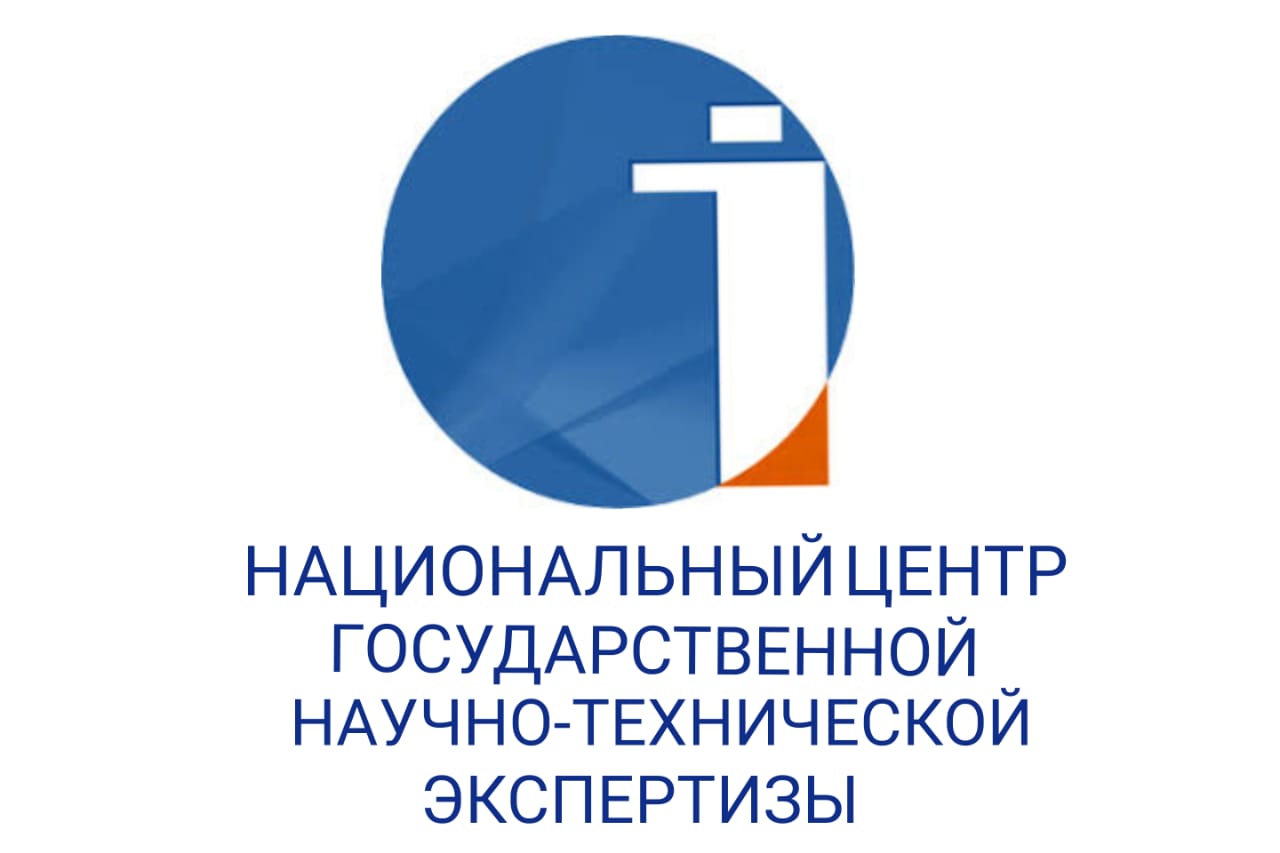USAGE FEATURES OF EUPHEMISM AND DYSPHEMISM IN MODERN MEDIA TEXT
DOI:
https://doi.org/10.48371/PHILS.2023.70.3.010Keywords:
media text, paraphrase, euphemism, dysphemia, linguistic phenomenon, distortion of information, evaluation, positive and negative evaluationAbstract
The information revolution of the XXI century has brought many changes in the life of society. It is impossible not to pay attention to the various events taking place, especially in politics, economics and the social sphere. Mankind's transition to the digital information media space has shown that the practice of speech and attitudes to its study are also changing rapidly. It is known that the community of writers and journalists is always at the forefront of the struggle to create a reliable, complete and up-to-date information image of each passing day.
Therefore, the more important the language in everyday communication, the more relevant and understandable the information conveyed through it to the reader or listener.
In general, it is especially important today to help journalists not only to quickly deliver socially important information, but also to objectively interpret it, analyze, express their views, effectively perform the task of providing the widest coverage. Information technology is very important here. However, today everyone who considers himself a conscious, intelligent and active member of society (bloggers, active users of social networks and Internet resources) should avoid distorting any information.
In the process of collecting research material, a comprehensive descriptive and analytical method is used, including the method of mass selection, interpretation of texts from the media, analysis of dictionary definitions, observation of linguistic phenomena. The scientific and practical value of the research lies in the fact that the resulting conclusions can be used for applied purposes, i.e. at lectures on media linguistics, linguistics, practical classes on stylistics and linguistics of the text, special courses, as well as in the preparation of textbooks. Thus, considering the semantic framework of a linguistic unit that performs the functions of euphemism, dysphemism in the text, it was found that the positive or negative influence of the word is based on associative continuity between euphemism, dysphemism and denotation. Through contextual analysis of euphemism and dysphemism, it was noted that their pragmatic potential in the political text is aimed at changing the views, opinions, even actions and beliefs of the reader, thereby it was established that euphemism and dysphemism perform an important function in relation to the sphere of politics of society.








